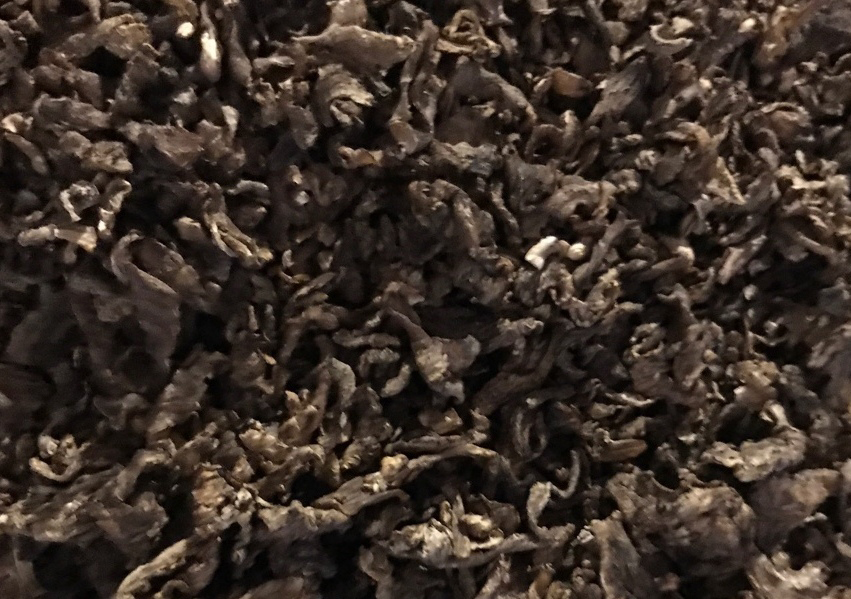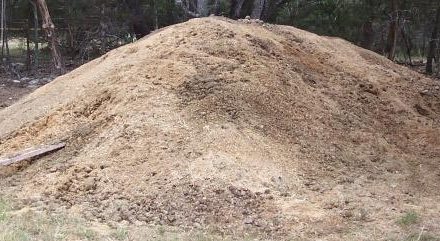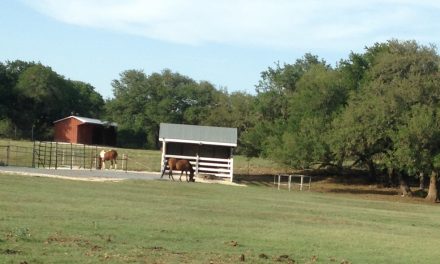THE WAY OF HORSES

One of the by-products of feeding horses is manure. The quality, quantity and frequency of production should be of concern to every horse owner.
Subconsciously we know if things are normal. Any change from normal can be a sign of an impending problem.
If a horse is not passing manure, one of the first treatments many horse caregivers rely on is bran. Some horses receive a bran mash once a week. But, does this by-product of wheat really help?
Let’s look at the nutrient profile of wheat bran and compare it to timothy hay.
The protein content of feed is always of interest to horse people. The protein of wheat bran is approximately 17.0%. The protein of timothy hay is around 7.0%. Calculations need to be done to see how much protein the horse is actually receiving.
Let’s say one pound of wheat bran is fed along with 15 pounds of timothy hay per day. The horse is actually receiving 7.6% protein in his diet for the day, which is not too bad. A healthy adult horse at maintenance activity needs about an 8.0% overall protein level.
Here’s how the 7.6% protein figure was reached. 1 pound of wheat bran times the 17.0% protein level equals 17. 15 pounds of timothy hay times the 7.0% protein level equals 105. Now add the 17 and the 105 and divide by the total pounds fed (1 pound of wheat bran plus 15 pounds of timothy = 16 pounds). 17 + 105 = 122 ÷ 16 = 7.6%.
So, the high protein level of wheat bran is not of concern – unless huge amounts are fed…and that would cause other problems.
The calcium to phosphorus ratio in a horse’s diet is very critical. The calcium to phosphorus ratio should be 1.0 to 2.0 parts calcium to 1.0 part phosphorus. If the phosphorus level is higher than the calcium level the body will pull the needed calcium from the bones in order to achieve the required balance. The bones will become weakened.
Wheat bran contains about 0.12% calcium and 1.30% phosphorus. The ratio would be 1 part calcium to 10.8 parts phosphorus…extremely inverted. If bran was fed on a regular basis and over a long period of time bone disorders may occur.
The main reason wheat bran is fed to horses is to try to increase the fiber content and improve gut mobility. The fiber content in bran is approximately 11.0%. Compare that to the fiber content of timothy hay’s 35.0%. The fiber level of wheat bran is identical to that of whole oats…and we never think about feeding whole oats to horses in order to increase fiber.
Research has determined the moisture content in the manure does not increase when wheat bran is fed to horses. It is thought that the water, which is added to the bran when the mash is made, acts more as a laxative. Water helps keep the digestive system working properly and helps prevent impaction colic.
The practice of feeding a warm bran mash once a week also conflicts with one rule of feeding horses: make feed changes gradually and over a period of time. Offering a horse a large meal of a product they are not used to can create digestive up-sets. This practice may be why some people think it is working as a laxative…the rapid change in diet causes loose bowels. This is not good for the horse’s sensitive digestive system and may lead to colic or founder.
The key to a healthy equine digestive system is plenty of long stem fiber, fresh clean water at all times and exercise. Save the bran for your cereal bowl and enjoy being “regular”.
* Earn Professional Certification as Horse Trainer, Stable Manager or Riding Instructor. All courses are online. Visit www.equinestudiesinstitute.org for information.




